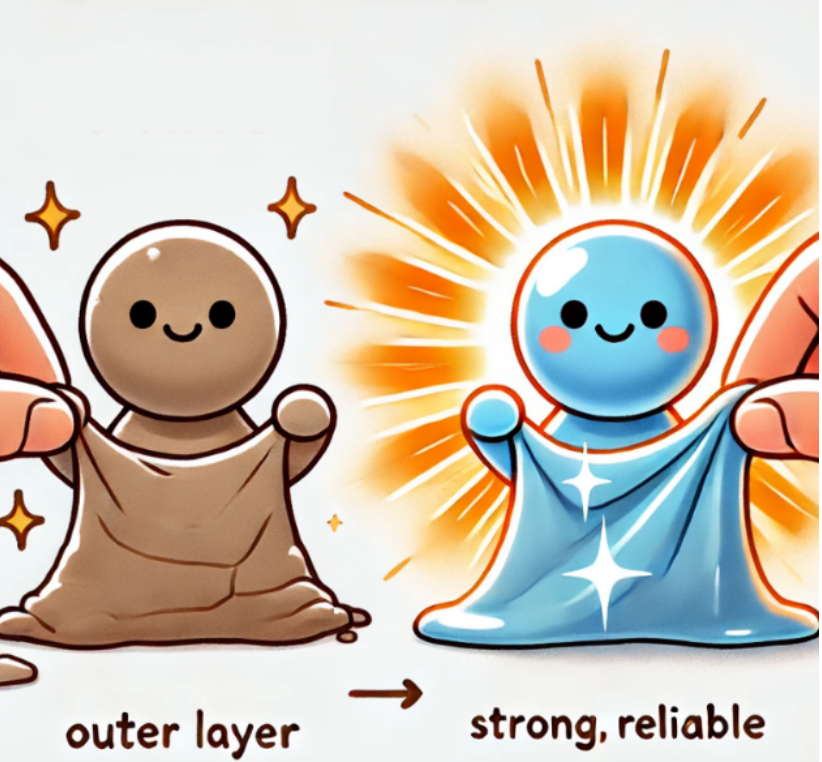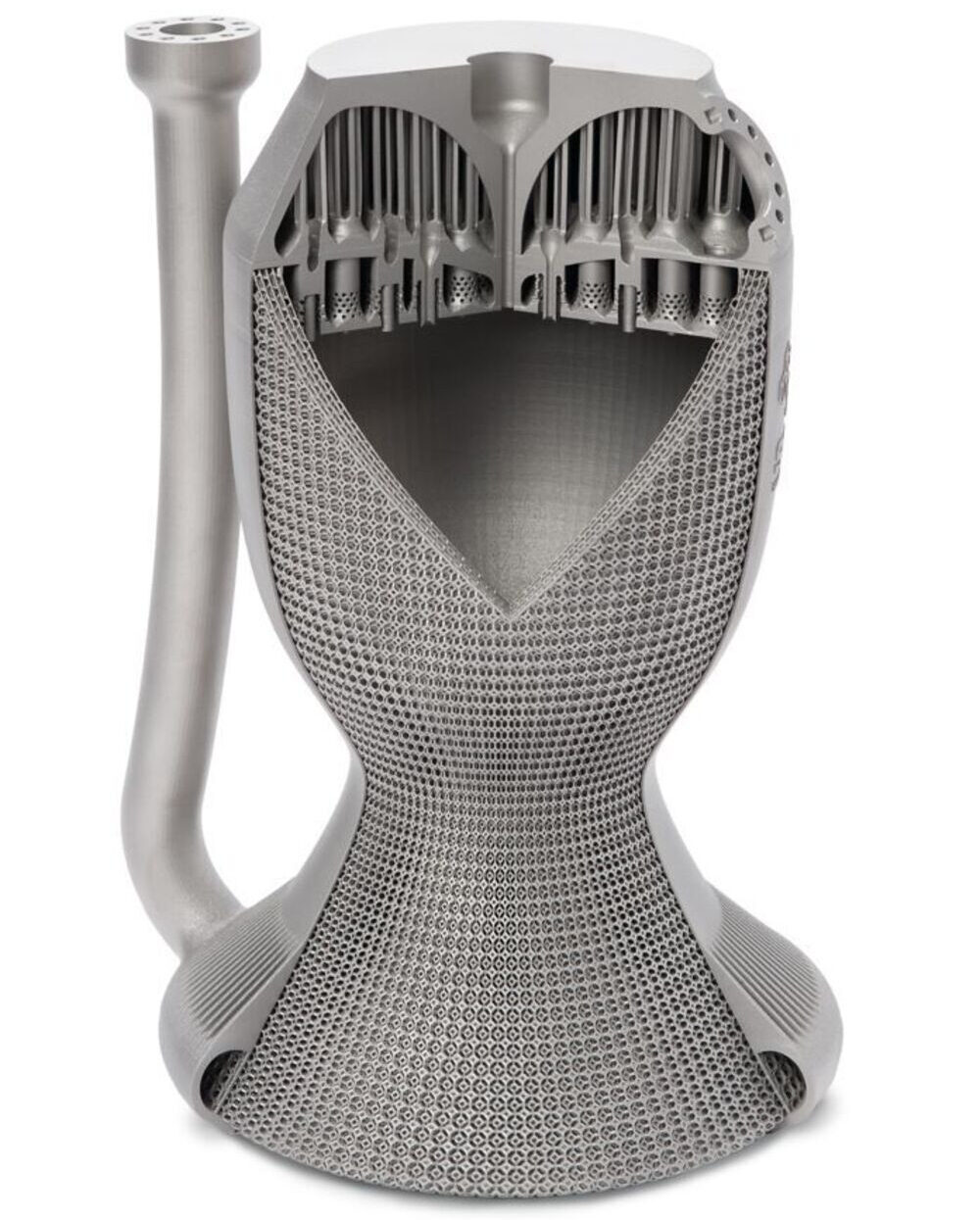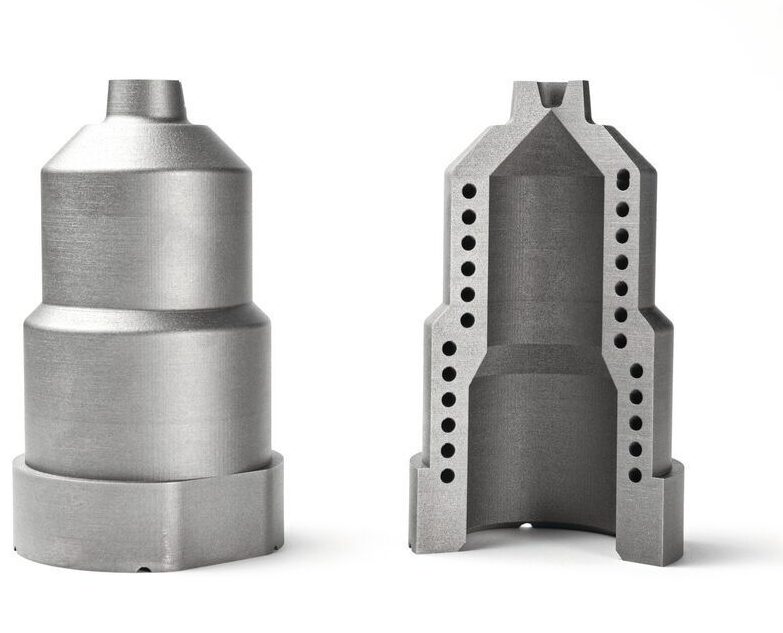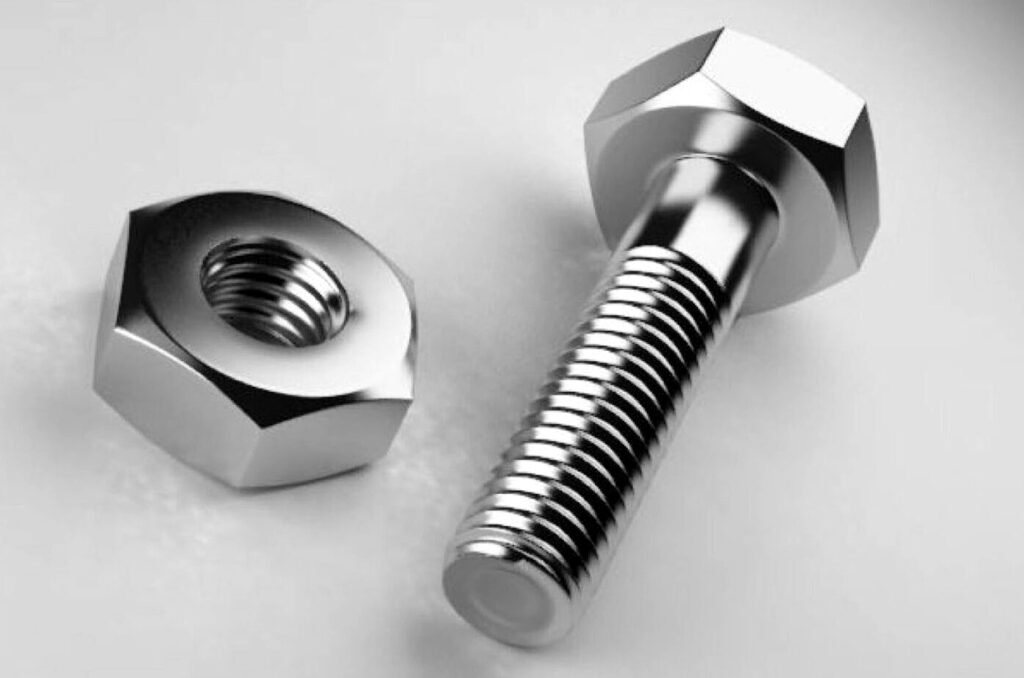and now for a very simple explanation of “Why it is good, that the surface is polished and as much glossy as possible?“
Imagine you have a really sturdy but plain piece of clay that you want to use for a super important project. To make it extra strong and smooth, you cover it with a special, shiny layer of a super tough material. This way, the clay becomes not just strong on the outside but also extra durable and reliable for your project.

Maraging steel 18Ni300 is a type of high-strength, low-carbon steel known for its exceptional toughness and strength. The name “maraging” comes from a combination of “martensite” and “aging.” This steel undergoes a process where it’s first cooled to form a martensitic structure and then aged (heat-treated) to achieve maximum strength.
18Ni300 indicates the steel’s composition, with 18% nickel and other elements like cobalt and molybdenum. It’s commonly used in aerospace, tooling, and high-performance applications where strength and toughness are critical, such as in 3D printed rocket motor (a), tooling for die-casting (b), and high-strength fasteners (c).



Can Plasma electrolytic Polishing be explained in simple words? Is it similar to sanding?

Think about a wooden table that has a rough, uneven surface. You use sandpaper or a polishing tool to smooth out the surface. As you work on it, the rough patches disappear, leaving the table with a smooth, polished finish that’s nice to touch and looks beautiful.
Is PeP like sanding then?
Not exactly!
In the first place it is not a mechanical but electrochemical process, but with both processes the roughest patch always disappear first.